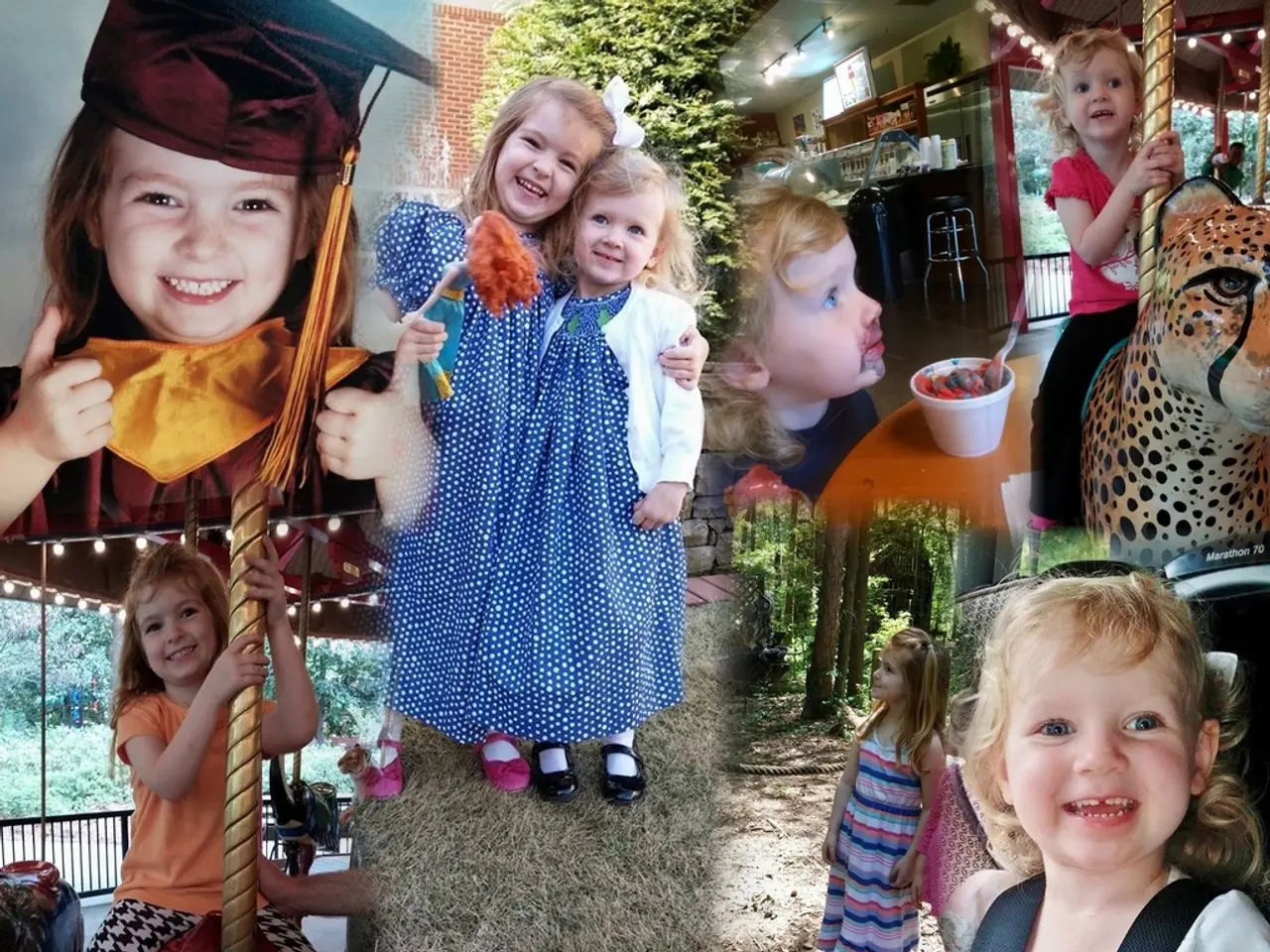Fun-Filled Activities Designed for Children's Enjoyment
The world we live in is full of opportunities to learn, and that includes mathematics. Here are some engaging number activities for kids that demonstrate how numbers are used in everyday life and teach math principles in fun ways.
Number Hunt
Encourage children to find numbers around them on signs, books, or clocks. This makes number recognition meaningful and connects math to real-world environments.
Counting with Manipulatives
Using objects like blocks, toy animals, or snacks (e.g., marshmallows) to count helps kids link numbers to tangible items, strengthening their understanding.
Number Matching Games
Pairing number cards with groups of objects can improve number identification and counting skills in an engaging way.
Ten Frames Practice
Using ten-frame tools to arrange counters helps visualize quantity and develop number sense.
Number Scavenger Hunts
Hiding numbered objects for children to find and order by value boosts recognizing and sequencing numbers, including numbers with multiple digits.
Math through Everyday Objects
Transform common household items such as buttons or beans into counters for adding, subtracting, grouping, and creating simple math games like a “shop” scenario where kids "buy" and "sell" to practice arithmetic intuitively.
Everyday Math Integration
Incorporate counting steps, measuring ingredients, or identifying patterns in daily life to create playful learning moments that make maths meaningful and spark curiosity.
These activities emphasize learning by doing within familiar contexts, combining structured play and real-world applications to build foundational math skills with fun.
The "Weigh Cool" Game
To discover if things that look the same have the same weight, you'll need a dowel, ruler, knife or scissors, string, two identical plastic dishes, a measuring cup, sand, feathers, dry cereal, sugar, flour, paper, and pencil. This experiment is an exciting way to teach children about weights and balances.
The Probability of Heads or Tails
To find the probability of a coin landing on Heads or Tails, one must flip a coin 100 times, tally the results, and test with different coins. This activity is a great way to introduce kids to the concept of probability.
The "Special Delivery" Game
Create a private code to send secret messages by assigning each letter of the alphabet a number that is 4 plus the number of the previous letter. This simple code can be a fun way to teach kids about number sequences and cipher systems.
Remember, these activities are designed to make learning enjoyable and to help kids understand the practical applications of math in everyday life. For more ideas and free printable resources, check out Stay At Home Educator and LearningMole. Happy learning!
[1] Stay At Home Educator. (n.d.). Number Activities for Kids. Retrieved from https://www.stayathomeeducator.org/number-activities-for-kids/
[2] LearningMole. (n.d.). Number Activities for Kids. Retrieved from https://www.learningmole.com/number-activities-for-kids/
[3] Stay At Home Educator. (n.d.). Number Scavenger Hunt. Retrieved from https://www.stayathomeeducator.org/number-scavenger-hunt/
[4] LearningMole. (n.d.). Math Activities for Kids: Everyday Objects. Retrieved from https://www.learningmole.com/math-activities-for-kids-everyday-objects/
[5] Stay At Home Educator. (n.d.). Everyday Math Activities for Kids. Retrieved from https://www.stayathomeeducator.org/everyday-math-activities-for-kids/
- As part of their lifestyle, children can learn fashion, beauty, and food choices by creating outfits, applying makeup, and preparing recipes based on recipes with measured ingredients and portion sizes.
- By promoting learning through everyday life, parents can help children understand the connections between math and personal growth, such as budgeting money and calculating savings for personal development courses like yoga or language classes.
- In the realm of education and self-development, more advanced math concepts can be applied to home and garden projects like measuring room dimensions, calculating the cost of materials, and completing projects with optimal use of resources.
- To enhance their leadership and presentation skills, children can think creatively and design educational lectures on various number-related topics, such as explaining the mathematics behind fashion trends or the use of numbers in popular music.




